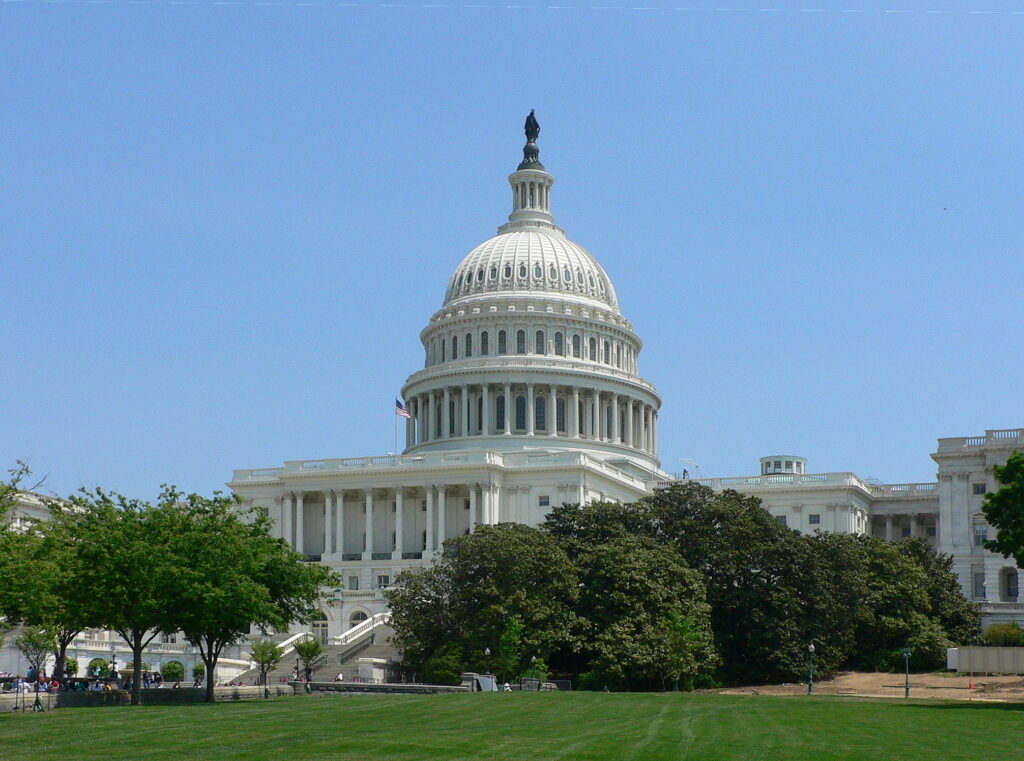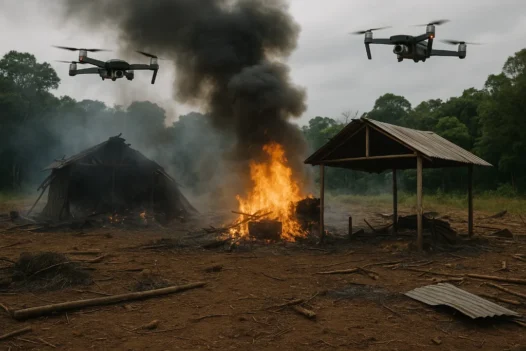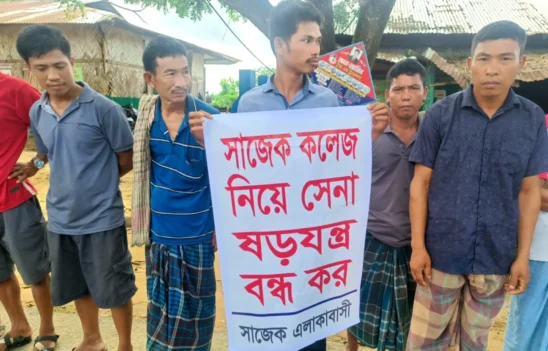On 16 February 2023, the U.S. Senate introduced a bipartisan resolution titled “Reaffirming the state of Arunachal Pradesh as Indian territory and condemning the People’s Republic of China’s provocations in South Asia”. Democratic Senator Jeff Merkley from Oregon and Republican Senator Bill Hagerty from Tennessee in the bill strongly posit that China’s claim over Arunachal Pradesh is part of its “increasingly aggressive and expansionist policies”.
This makes the first such resolution affirming the US position on ‘Arunachal Pradesh’ as an Indian State and denying China’s claims over what it calls ‘South Tibet’. Besides, the DoD reports on China’s military since the past two years have been focused on the India-China boundary dispute. For instance, the 2021 the DoD Report stated that: a 100-home civilian village has been constructed “inside disputed territory between the Tibet Autonomous Region and India’s Arunachal Pradesh state in the eastern sector of the LAC” (located on the banks of the River Tsari Chu, along the disputed border in Upper Subansiri district in Arunachal Pradesh).
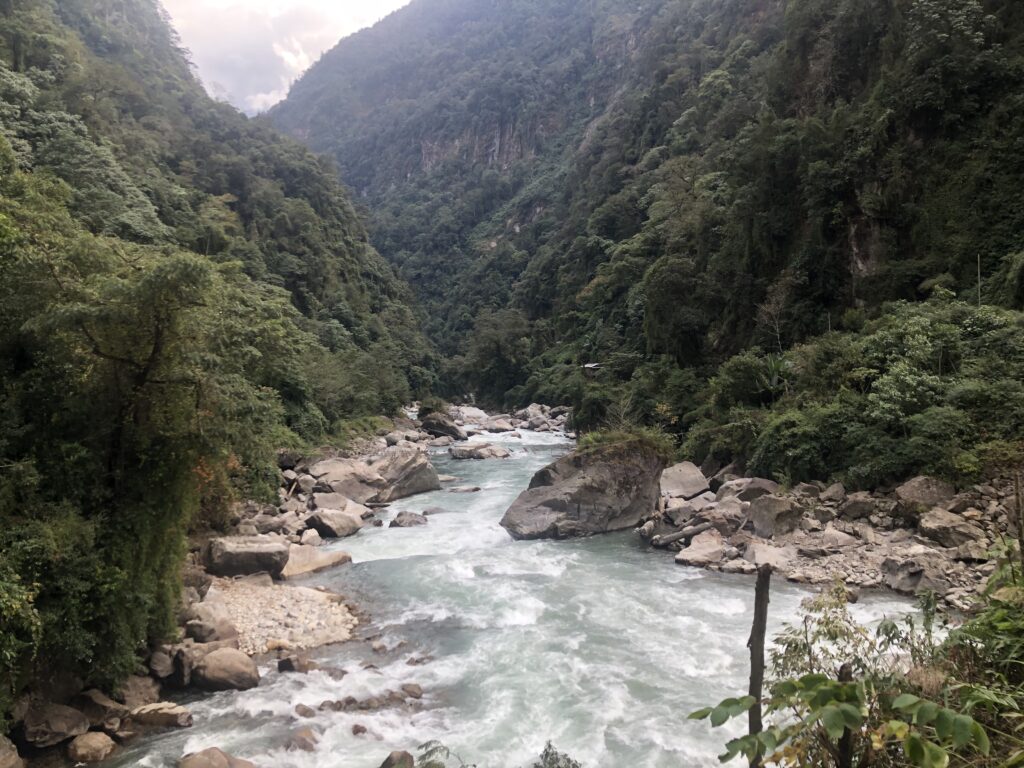
What makes the resolution significant is the timing. To put into context, on 9 December 2022, Indian Army and the Chinese People’s Liberation Army clashed at Yangtse along the Line of Actual Control in Tawang Sector in Arunachal Pradesh, resulting in injuries on both sides. This marked the first such clash in the eastern sector after the Galway valley clash in the western sector in 2020, which the resolution denotes to be “the biggest clash in the Eastern Sector in six years”. Besides, resolution also coincides within India-China and US-China ties are experiencing a freeze in the ties, while India-US relations are taking significant strides both intentionally as well as circumstantially.
On the Tawang clash, New Delhi posited that: “PLA troops tried to transgress the LAC in Yangtse area of Tawang Sector and unilaterally change the status quo” and that the “Chinese attempt was contested by our [Indian] troops in a firm and resolute manner”. While Beijing stated that: the PLA “encountered obstruction from Indian troops who illegally crossed the LAC” while conducting a “routine patrol” in the Dongzhang area on the Chinese side of the LAC and that the PLA had a “professional, normative and resolute response, bringing on-site situation under control”.
In this regard, the bipartisan resolution’s standing on “Arunachal Pradesh as an integral part of India” provides a boost to India’s position- a state that it legally administers. For, the resolution upholds India’s position by clarifying US position that views: the state of Arunachal as “an Indian territory”; the McMahon Line as the “national boundary” between China and the Indian state of Arunachal Pradesh; Arunachal Pradesh as “not a disputed territory” but an integral part of India. There is also an acknowledgement of India’s efforts in defending its sovereignty as well as enhancing the development of Arunachal Pradesh by improving border infrastructure, connectivity, and energy security, including energy production.
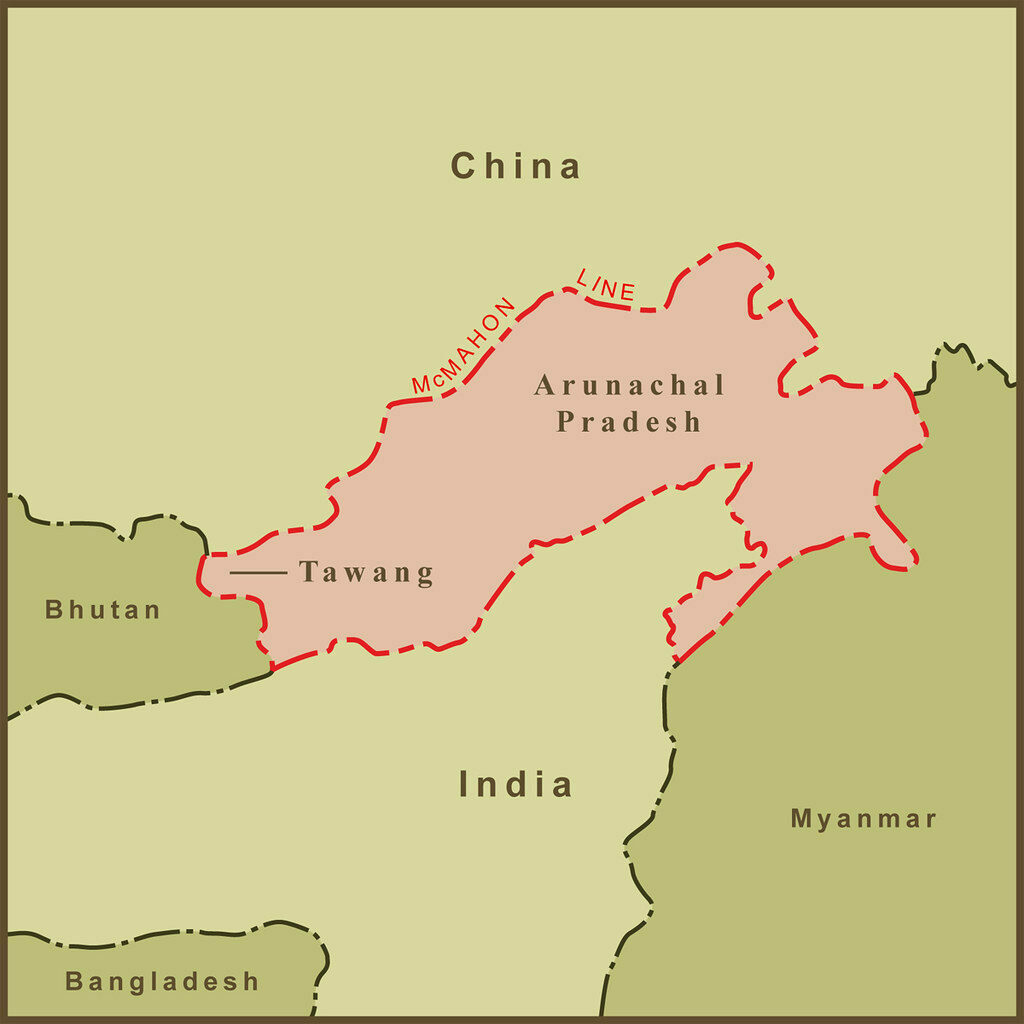
On the contrary, the resolution condemns China’s claims on the grounds that: China has invoked its claims over Arunachal Pradesh (which Beijing calls as South Tibet) as part of its increasingly aggressive and expansionist policies, such as- by assigning Mandarin-language names to map of Arunachal Pradesh. To note, in December 2021, the names of 15 locations in the Indian state of Arunachal Pradesh were “standardised” by China’s Ministry of Aviation. China’s other provocative actions include construction of Chinese villages close to the LAC near Arunachal Pradesh and expanding its territorial claims in Bhutanese territory in the eastern sector and by raising objections to visits to Arunachal Pradesh by the Dalai Lama and the Indian leaders. For instance, Beijing has raised oppositions to: Dalai Lama’s visit in 2017 and 2018, Prime Minister Narendra Modi’s visit in 2019, Vice President M. Venkaiah Naidu’s visit in 2021 and others. In addition, China’s actions have also impeded poverty alleviation and economic development in Arunachal Pradesh- causing international donors to be cautious in providing assistance of what is perceived to be a “disputed territory”.
While the resolution provides a boost to India’s sovereignty claims over Arunachal Pradesh, it also furthers US position on freedom and rules-based order- a reaffirmation to the joint vision of joint vision for a free and open Indo-Pacific, a deepening interest of the US in the region and more certainly, the strengthening US-India bilateral partnership that includes enhanced defense interoperability and information sharing especially for early warning system. This aligns with the 2022 DoD report that suggests: The PRC seeks to prevent border tensions from causing India to partner more closely with the United States. The PRC officials have warned U.S. officials to not interfere with the PRC’s relations with India.
While India and US are part of the Quad, what significantly adds to China’s worry is the strengthening India-US defence ties that have been enhanced under four foundational agreements: the 2002 General Security of Military Information Agreement (GSOMIA) for greater technology cooperation in the military sector; the 2016 Logistics Exchange Memorandum of Agreement (LEMOA) for cooperation in four key areas of port calls, joint exercises, training, as well as humanitarian assistance and disaster relief; the 2018 Communications Compatibility and Security Agreement (COMCASA) for access to advanced defence systems; and finally, the 2020 BECA on the exchange of geo-spatial information which will allow the US to share satellite data with India that aids the targeting of military assets and navigation. Thereby, a New Delhi-Washington dynamic in any form unnerves China the most. Hence, the bipartisan resolution on “Arunachal Pradesh” only exacerbates China’s dilemma.

